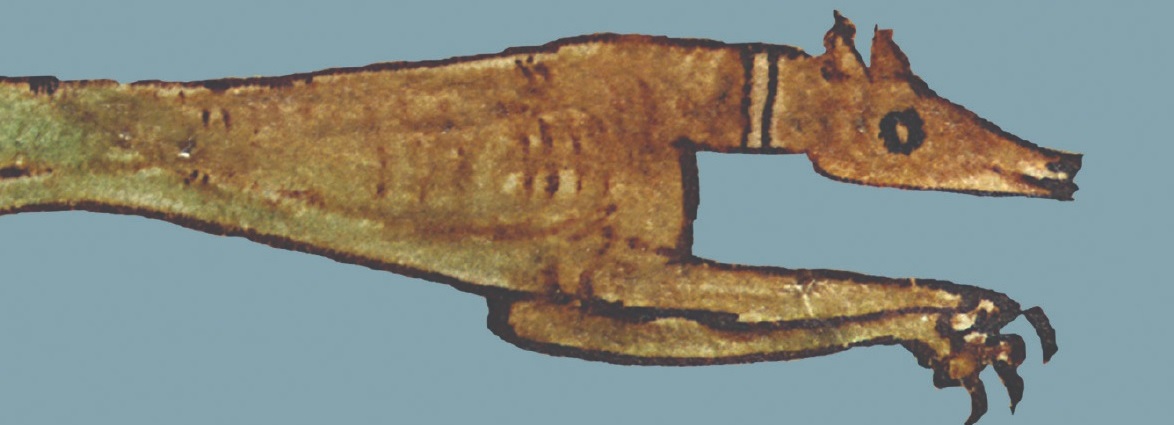
David Stephenson introduces Medieval Wales c.1050-1332: Centuries of Ambiguity.
Long after it was published in 1911, Sir John Edward Lloyd’s History of Wales from the Earliest Times to the Edwardian Conquest remained the most influential book on the medieval centuries in Wales. The picture painted by Lloyd was in essence simple: a succession of great Welsh rulers, most of them from Gwynedd, working steadily towards the creation of a single Welsh principality, which was finally achieved when Henry III formally acknowledged Llywelyn ap Gruffudd as Prince of Wales in 1267. But with terrible rapidity, Henry’s successor Edward I brought about the downfall and death of Llywelyn in wars of 1277 and 1282. Thereafter, Wales was subjected to English rule. Lloyd’s subsequent biography of Owain Glyn Dŵr made it clear that a long period of oppression at the hands of the conquerors followed the death of Llywelyn. Later historians finessed Lloyd’s picture, but in essentials left it undisturbed. My own book, Political Power in Medieval Gwynedd, put the region and its princes at centre stage in the development of medieval Wales.
As I broadened the scope of my research, however, I realised that the focus on great hegemonic princes and on Gwynedd was actually producing a distorted picture of Welsh medieval development. My detailed study in Medieval Powys revealed that the rulers of that land had objectives other than subservience to Gwynedd, and were often prepared to make use of English support to achieve those objectives. The research that followed, much of which underlies my most recent book, Medieval Wales c.1050–1332, revealed a network of Welsh magnates who were hostile to the pretensions of the Gwynedd princes to extend their rule in Wales. Many of them had made marriages with English noblewomen, and almost inevitably, Edward I’s assault on Llywelyn was supported by many of those magnates. And in the half-century that followed, members of the Welsh administrative elite remained central to the politics of Wales. Medieval Wales c.1050–1332 introduces readers to individuals and families whose stories run counter to the established narratives. This is nowhere more evident than in the case of Hywel ap Meurig, a man of the Middle March, and his descendants. Partisans of English kings and lords of the March, they wielded great power across much of Wales, and rose ultimately to be Marcher lords in their own right. It is about their story that I plan to write in more detail in the near future.
David Stephenson is Honorary Research Fellow in the School of History, Philosophy and Social Sciences, Bangor University. His many contributions to Welsh history include Political Power in Medieval Gwynedd, and Medieval Powys 1132–1293.


